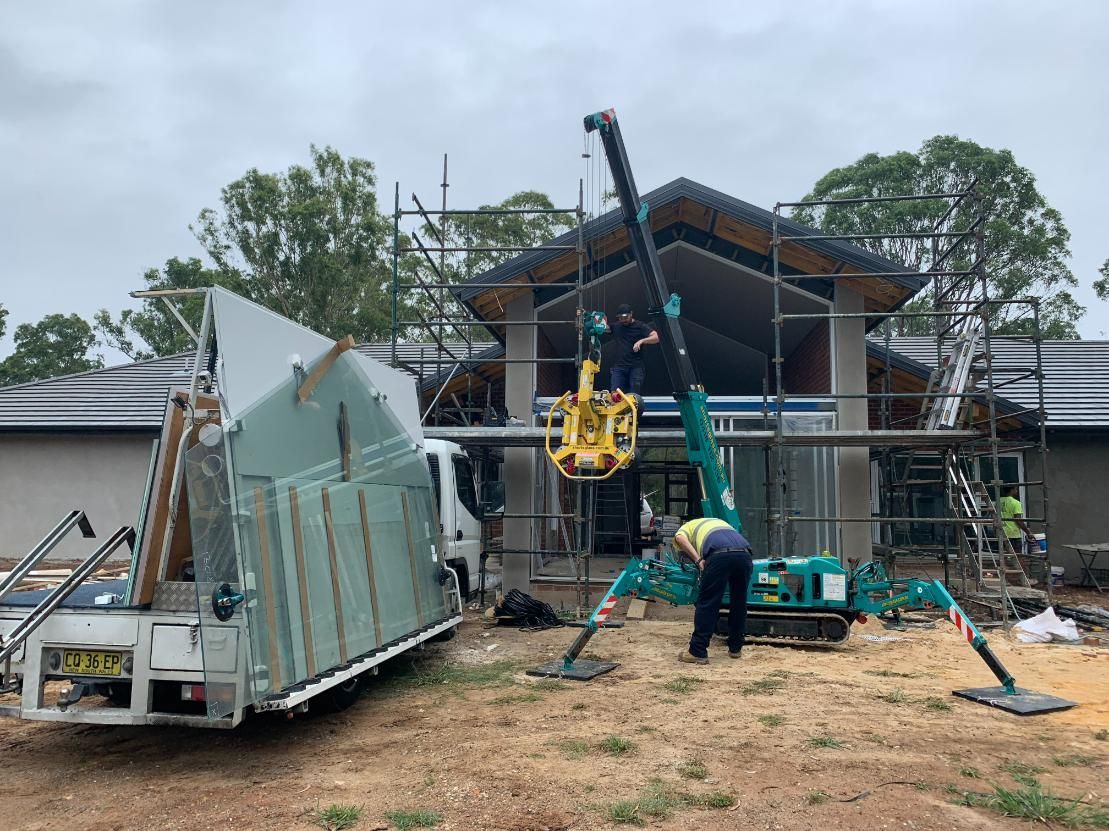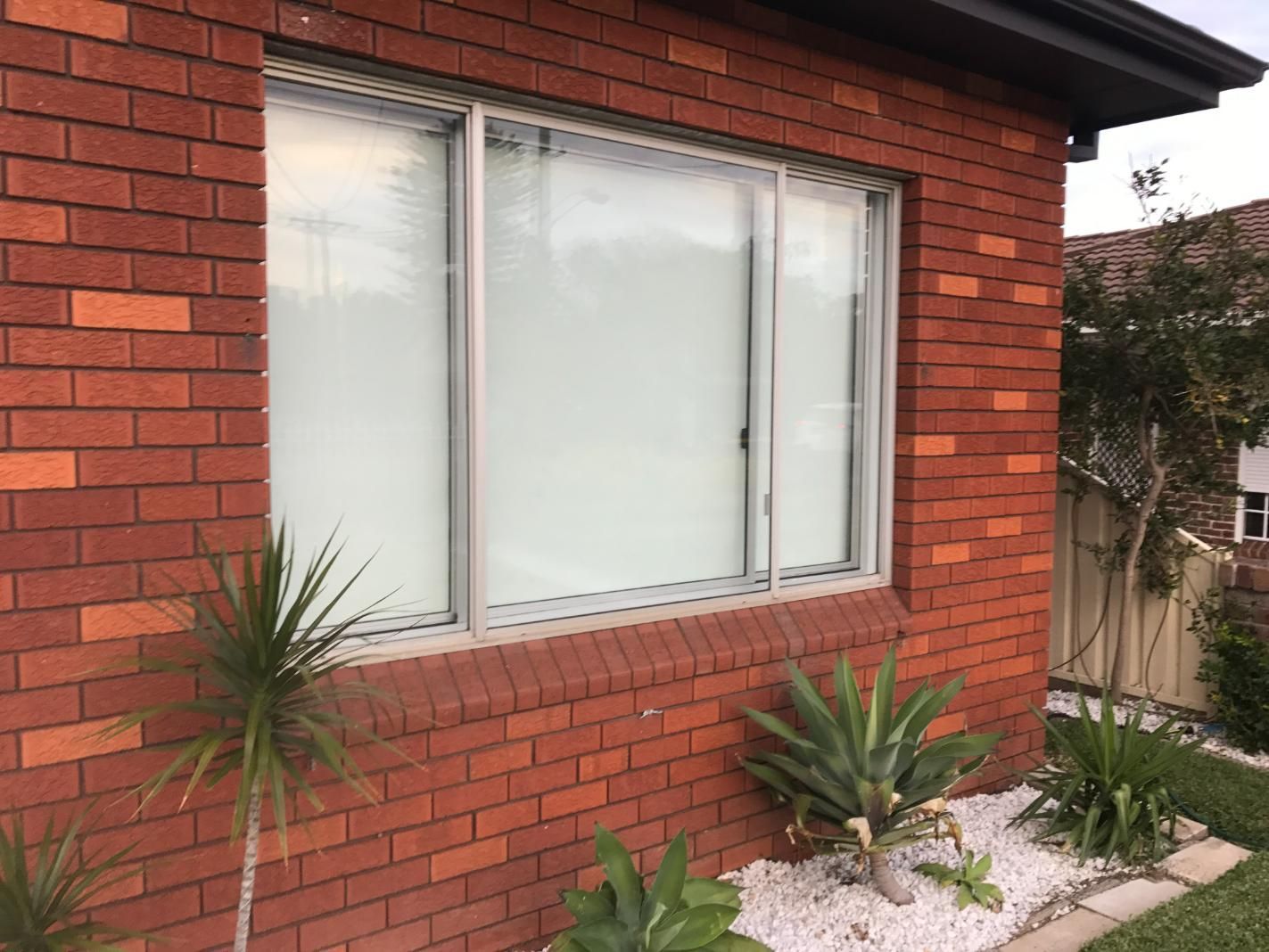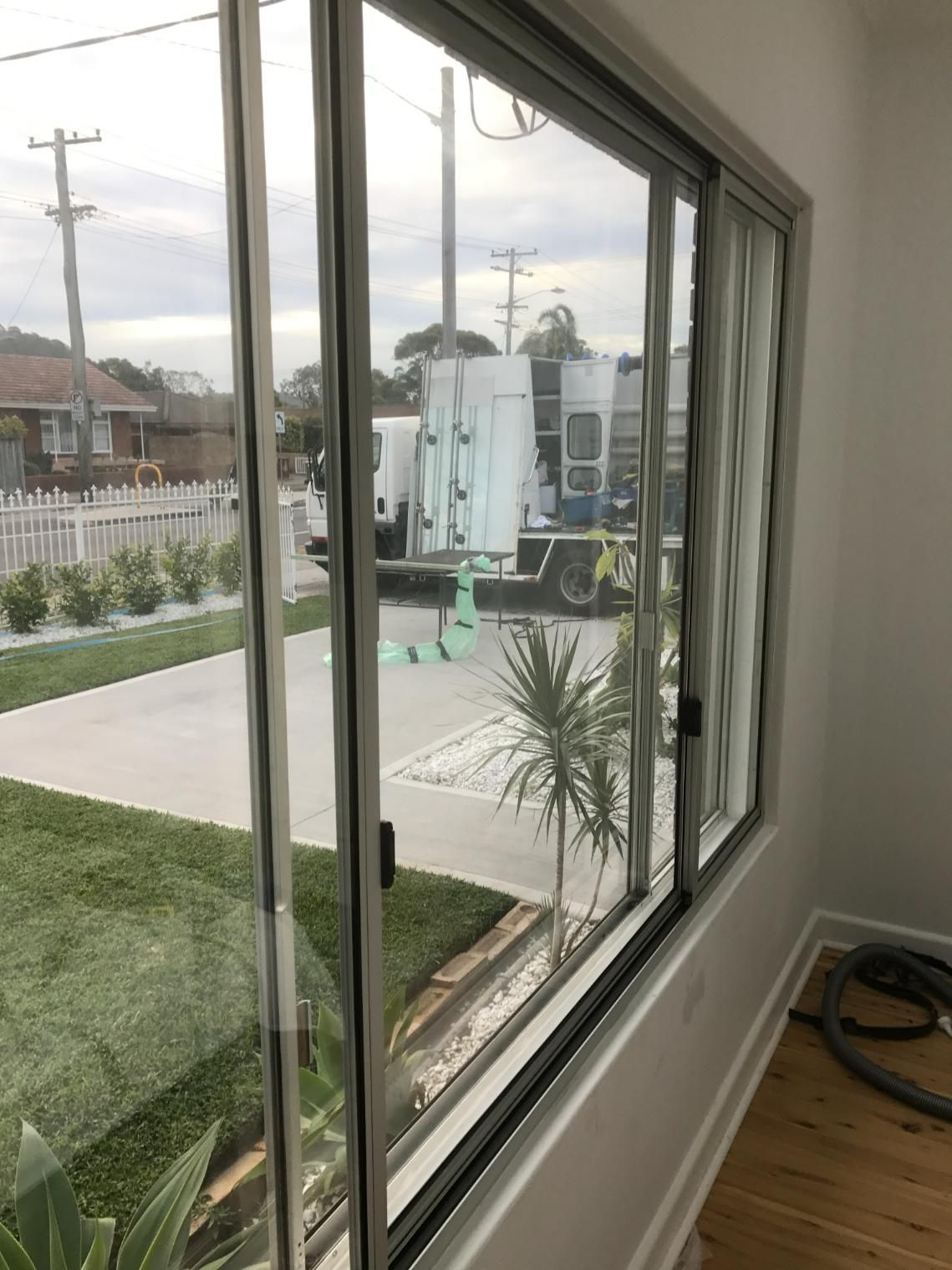CENTRAL COAST GLASS & GLAZING Pty Ltd
Double Glazing Central Coast
Available 24/7, Central Coast Glass & Glazing Pty Ltd offers fast emergency glass repairs and free quotes backed by 30+ years’ experience.
peace inside
Central Coast Double Glazing
The thrum of passing traffic and the slap of winter winds fade fast when two panes team up with an insulating air-or-argon layer. Central Coast Glass & Glazing Pty Ltd, based in Umina Beach, designs, manufactures and installs purpose-built double-glazed units that hush outside noise and slash heating-cooling losses.
Whether you’re renovating a coastal cottage or upgrading an office, our qualified glaziers measure precisely, choose the right spacer width and fit acoustic or Low-E glass that meets Australian Standards. Existing timber or aluminium frames can often be rebated to accept new IGUs, avoiding costly full-frame replacement while boosting security and condensation control.
Ready to swap rattling sashes for whisper-quiet comfort and lower power bills? Phone
0406 929 743 for a free double glazing consultation on the Central Coast, clear pricing and installation times that suit your schedule.
Get a Free Quote
Contact Us
Thank you for contacting Central Coast Glass & Glazing.
We will get back to you as soon as possible.
Oops, there was an error sending your message.
Please try again later.
how it works
Quiet, Cosy Windows
Double-glazed “insulated glass units” trap still air (or inert gas) between two panes separated by a moisture-sealed spacer. This barrier slows heat transfer, blocks most mid-frequency traffic noise and filters UV that fades furnishings.
During a site visit, a glazing technician assesses frame depth, selects glass thicknesses (often 4 mm + 4 mm or 6 mm acoustic laminate), then orders factory-sealed units with desiccant-filled spacers to prevent fogging. On installation day, old sashes are removed, frame rebates cleaned and squared, and the new IGUs bedded on silicone-backed packers to absorb movement.
Perimeter seals in neutral-cure silicone finish the job, ensuring airtight performance for decades. Optional upgrades include thermal “warm edge” spacers, triple glazing for extreme noise corridors and tint or Low-E coatings for extra summer glare control.
Curious whether your existing windows can be upgraded or if secondary glazing would suit a heritage façade? Explore our service pages or call us—an experienced glazier will explain options, energy ratings and likely payback periods in plain English.
Need Help?
Frequently Asked Questions
Does double glazing really make a noticeable noise difference?
Yes. Laboratory tests show properly installed double-glazed units can cut external sound by 25–35 dB, roughly halving perceived noise. This is because the two panes, separated by an air or gas cavity, disrupt sound waves, while thicker or laminated glass adds extra acoustic mass. Actual results depend on cavity width, glass thickness and seals around the frame, so professional installation is essential for maximum attenuation.
Can double glazing be fitted into existing window frames?
Often, yes. Many timber and aluminium frames have enough rebate depth to accept insulated glass units once the old single pane is removed. A glazier may rout or pack the frame to achieve the correct seat and drainage. If the frame is too shallow or damaged, insert-window systems or full replacement may be recommended. Retrofitting preserves interior trim and reduces cost and disruption compared with brand-new frames.
How much energy can double-glazed windows save each year?
Energy-rating simulations by the Australian Glass and Glazing Association indicate double glazing can reduce conductive heat loss and gain by up to 30 per cent in temperate zones. Savings translate to lower air-conditioning and heating runtimes, potentially trimming annual power bills by hundreds of dollars, especially when combined with roof insulation and draft-sealing measures. Payback periods vary but are often recouped within seven to ten years.








